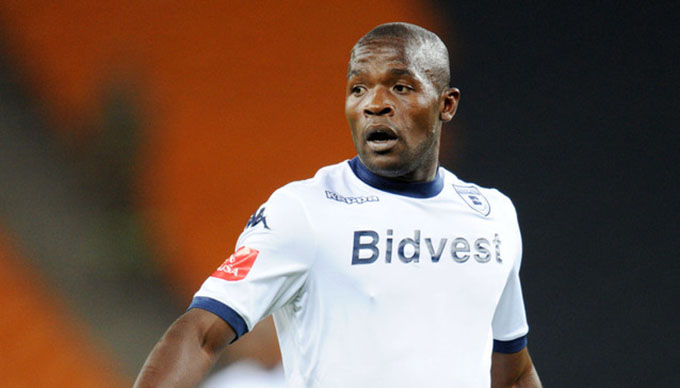Editorial Comment: New stadium for Harare good, but . . .

We reported yesterday that Harare City Council say they want to build a state-of-the-art football stadium in the capital’s High-Glen area.
The city fathers have also committed themselves to renovating Gwanzura Stadium to bring it back into operation this year.
There is no doubt, whatsoever, that Harare, with its growing population, needs more modern grounds for the most dominant sport in the capital.
We have seen an increase in the number of football clubs, both in Division One and in the Premiership, from the capital who all desperately need such facilities. Unfortunately, we haven’t seen a reciprocal increase in sports infrastructure for a long time now.
More than 30 years have passed now since work on the 60 000-seater National Sports Stadium was completed, and since then we haven’t seen any significant investment in that direction.
Of course, Rufaro Stadium underwent major renovations, underwritten by the Government ahead of the 1995 All-Africa Games.
But Gwanzura, which used to be the Mecca of domestic football, has suffered serious neglect and last year it was in such poor shape that no Premiership matches were played there.
Raw sewage used to flow from its toilets onto the playing surface, exposing players to disease. Even a simple and routine assignment like maintaining the field, which even schools like Prince Edward and Gateway have been doing well, is something which the Harare City Council has failed to do.
Today, Gwanzura is in a parlous state and, two years after Harare City Council announced it had set aside $150 000 to renovate the stadium to meets ZIFA requirements to host Premiership matches, nothing has been done.
“Following discussions, the committee noted the urgency of the matter and resolved that subject to the approval of His Worship, the Mayor, Council approves the refurbishment of Gwanzura Stadium to meet ZIFA and PSL standards at an estimated cost of $150 000 for use during the 2017 PSL season,” Council minutes read.
The minutes also revealed that the refurbishments would be done to the changing rooms, which have virtually remained the same since the days when George Shaya and company hogged the limelight in the ‘70s. There was also talk of renovations to the public toilets which were now posing a health hazard to the fans and even the terraces.
When the Harare City Council talks, they usually do so with a sweet tongue.
Hence they told us they also wanted to install a medical room, upgrade the turnstiles, replace the turf, deal with the problematic sewer system and also erect a stronger security wall while providing the media with their tribune.
But, two years down the line, nothing has changed at Gwanzura and the stadium is even in worse shape than it was when those decisions were taken.
Now, the same council has come up with another story – that the refurbishments at Gwanzura will be completed this year and they even want to build a new stadium in the Highglen area of Harare.
We have been here before, when it comes to these promises, and we have watched from a distance to see nothing coming to fruition. Yet, just across the Zambezi, we have seen our northern neighbours construct a modern National Heroes Stadium in Lusaka to complement the Levy Mwanawasa Stadium in Ndola.
The problem with our city fathers is that while they find it easy to promise heaven and earth, they fall short on delivery. And when one considers the shoddy job they did at Rufaro, after the artificial turf installed by FIFA was removed, there is reason to be pessimistic.
If that is the standard for what the Harare City Council considers a job that costs millions of dollars, then those who carried out the exercise have a lot of explaining to do.
The grass on the field of play was peeling off the ground after less than 30 minutes of action. The toilets remain exactly as they were before. Only the sitting area in the VVIP has been improved, but even that job was very poor by any standards.
We will certainly welcome a new stadium in the capital as well as a long-overdue facelift at Gwanzura.
But we have reason to be pessimistic because, after all, Dzivaresekwa Stadium, which remains under Harare City Council’s direct control, has been left to become an eyesore by the very people who are now promising us a state-of-the-art stadium elsewhere.









Comments